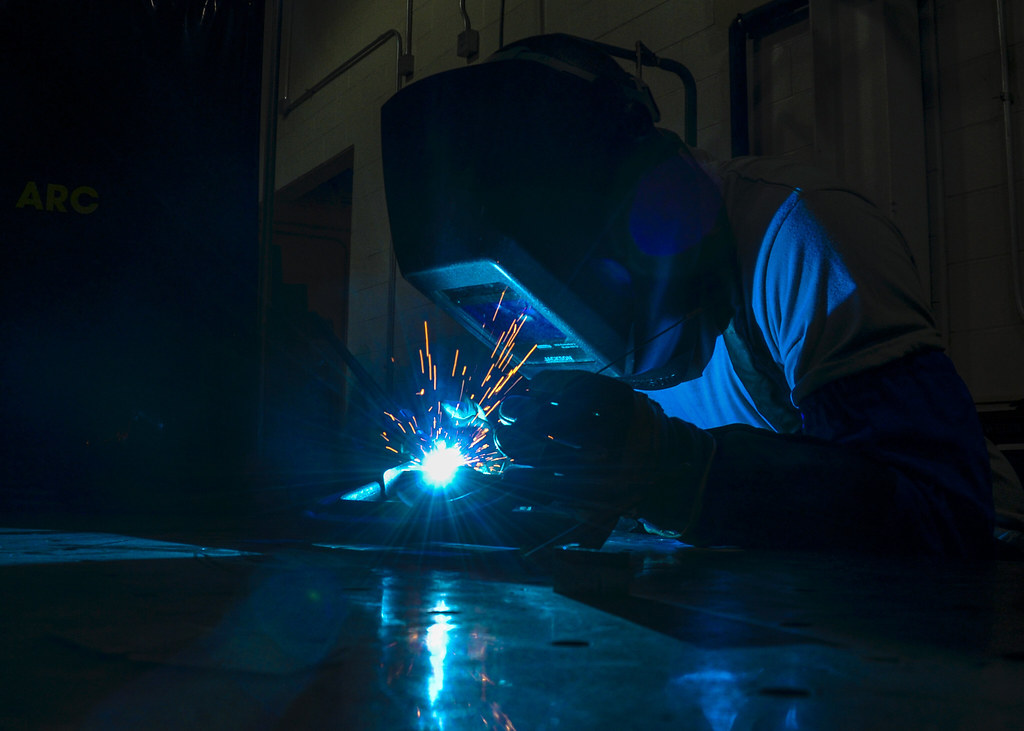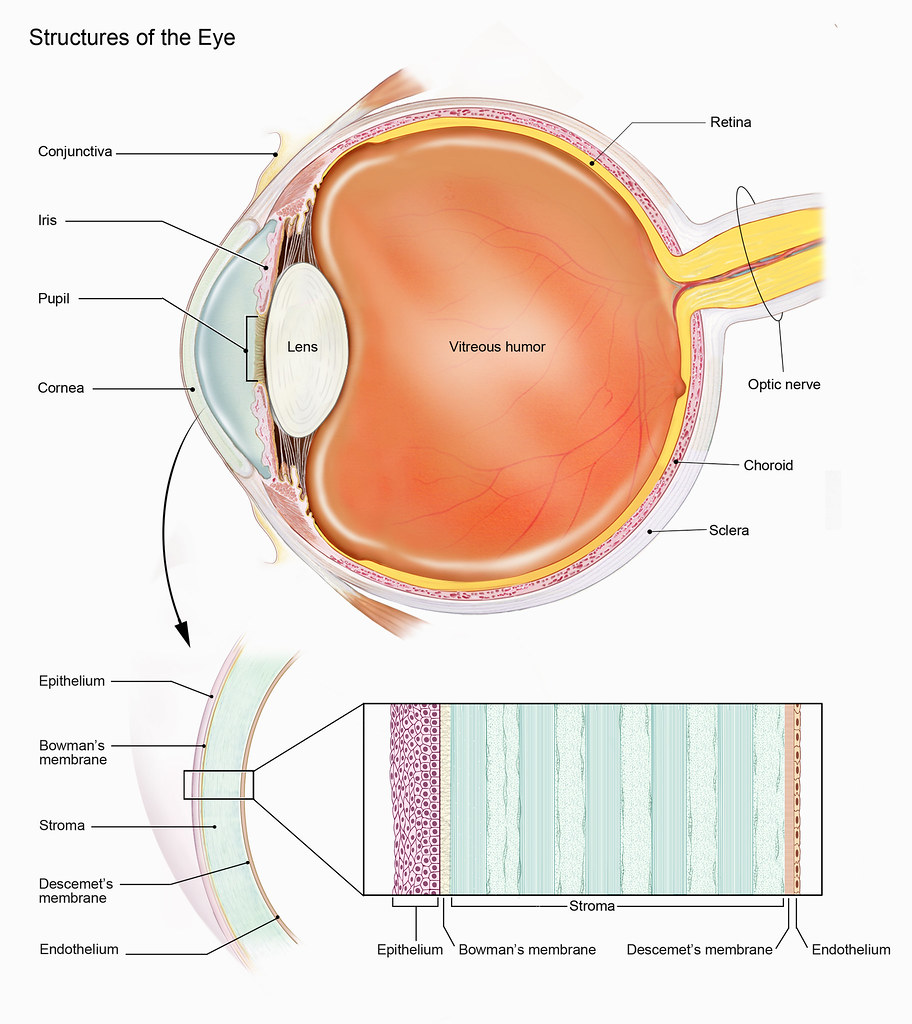Get Tech Tips
Subscribe to free tech tips.
Setting Sights on Safety: Eye/Face Risks and PPE
DISCLAIMER: HVAC School is NOT an official OSHA safety training resource! Although we provide safety tips in good faith, our website is not a substitute for safety training from an authorized OSHA training source.
Although we primarily work with our hands, our eyes are one of our most valuable assets in the industry. After all, we need our eyes to perform the visual inspections that inform our diagnostic processes.
Unfortunately, our work presents many dangers to our eyes. Between electrical hazards, exposure to bright lights, and small projectiles, we expose our eyes to quite a bit of danger. We can wear safety glasses or goggles, but there are so many to choose from that picking the appropriate one for a job can be an overwhelming task in itself.
Today, we’ll cover eye hazards in our industry. We’ll cover some unsafe situations, eye anatomy, eye injuries, and appropriate personal protective equipment (PPE) to make those jobs less dangerous for your eyes.
Burn risks
We face several burn risks in our work, and our faces are not the only body parts susceptible to burns. However, most of the burn risks to our eyes and faces come from working with electrical systems and components. Whenever there are electrical components, there is a risk of arcing and explosions. Explosions can cause severe burns, but arc flashing is also a risk for vision damage and burns. An arc flash can reach or exceed 35,000°F! If you think burning your hand on a 350°F pan is painful, imagine exposing your face to a temperature that’s 100 times hotter. I don’t know about you, but I’d classify that as a critical burn risk.
Corneal and vision damage
We didn’t even touch on the potential vision damage that can occur while working on electrical components. Staring at an arc flash, even a small one, is essentially the same as staring at an ignited welding torch.

Just looking at that image makes my eyes hurt a little. Now, imagine how intense the light would be if we stared at it in person. The “flash burns” you’ll get from working on arcing equipment without eye protection will damage your corneas.
The cornea is the transparent part of your eye that covers your pupil and helps refract light; it contains several layers of sensitive membranous tissue. Although the cornea can repair itself after getting damaged or infected, corneal damage and infections can be excruciating.

“Cornea” by National Institutes of Health (NIH) is licensed with CC BY-NC 2.0. To view a copy of this license, visit https://creativecommons.org/licenses/by-nc/2.0/
Another source of corneal damage is ultraviolet (UV) light in some HVAC systems. Although some customers choose to have UV lights installed to help control mold and bacteria hazards in their homes, the lights present a hazard of their own. Unfortunately, they pose a danger to your eyes when you work on those systems. You can develop a condition called photokeratitis, which is essentially a sunburn on the delicate tissue layers in your cornea. That sounds like a bad time to me.
Despite the risks associated with UV exposure, OSHA does NOT have an official mandate for UV exposure limits. The responsibility of avoiding or protecting against UV exposure falls to the technicians and HVAC companies.
Sharp objects and projectiles
All the talk about arcing and UV exposure is just the beginning of eye hazards. We can’t neglect to mention the dangers associated with sharp objects and projectiles.
We work with lots of sharp objects. For example, we use sharp tools to cut sheet metal, and the metal itself is also sharp enough to cause injury. Cutting sheet metal is a dangerous task, as the use of power tools can cause shards of metal to fly towards your face. As such, we heavily advise wearing appropriate safety glasses whenever you cut sheet metal, especially if you’re using electric saws or other power tools to help you.
When should we wear safety glasses?
Some activities that warrant the use of safety glasses include:
- Working on electrical equipment with arc risk
- Working on HVAC systems with UV lighting
- Brazing or welding
- Using power tools such as saws, grinders, and drills
- When working with refrigerants or other potentially harmful chemicals
Keep in mind that eye hazards are not limited to the activities listed above. If you are assigned to a job where your eyes might encounter foreign particles or toxic substances, it’s a good idea to slap a pair of safety glasses on just in case.
What types of safety glasses should we use?
The type of safety glasses you choose to use will depend on the work you do. For example, you’ll want to use tinted glasses or face shields if you’ll be welding metals or working on systems with UV lighting. These should explicitly state that they provide UV and glare protection.
You may want to opt for a pair of goggles or a face shield that lies close to your face if you are exposed to projectiles and particles. Although it’s unlikely that projectiles will bypass the safety glasses, it’s good to have the peace of mind provided by goggles or an all-covering shield.
Many safety glasses also have anti-fog features, which are a godsend in humid climates and allow you to see what you’re doing. Other important safety features include shatter resistance (a MUST-HAVE in our industry) and dielectric frames.
Remember, your vision is an asset, and you want to do your very best to maintain its effectiveness. Our work inherently contains many threats to your eyes and vision, so the job site is not a place where you can afford to let your guard down. Assess the risks carefully and choose a piece of eye protection that makes you feel safe and as comfortable as possible.











Comments
To leave a comment, you need to log in.
Log In